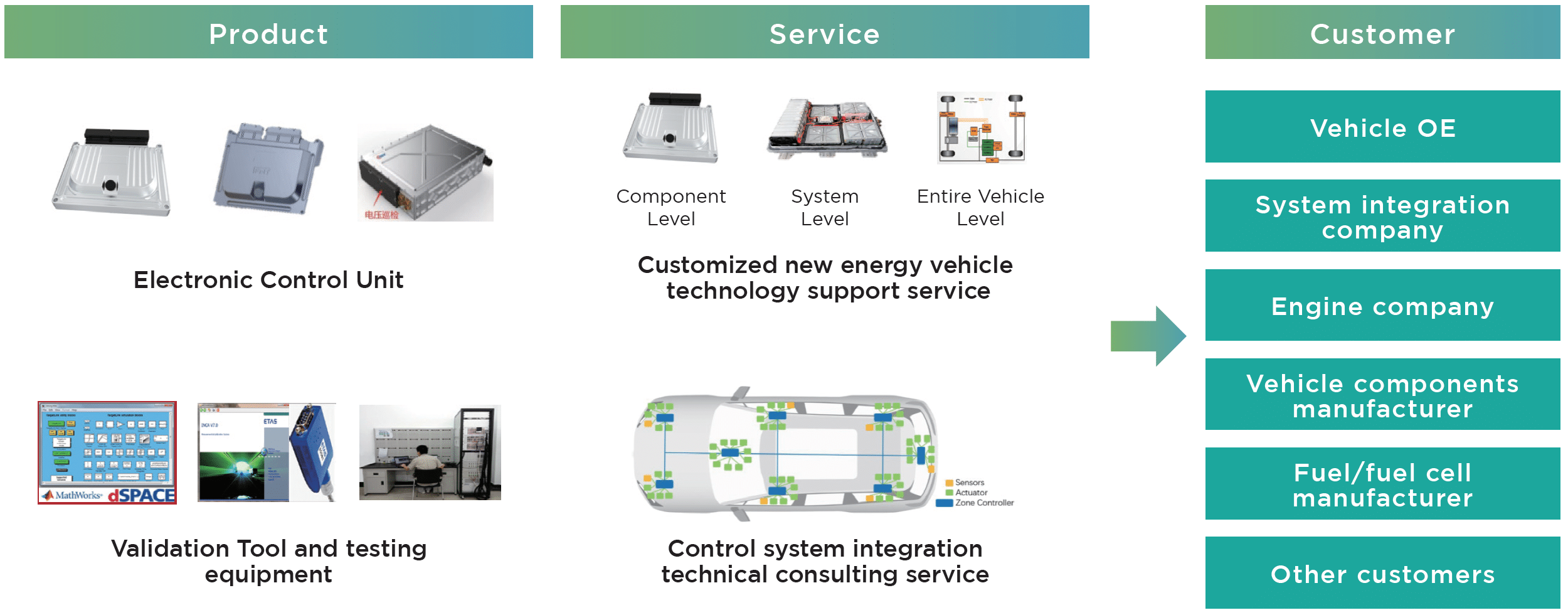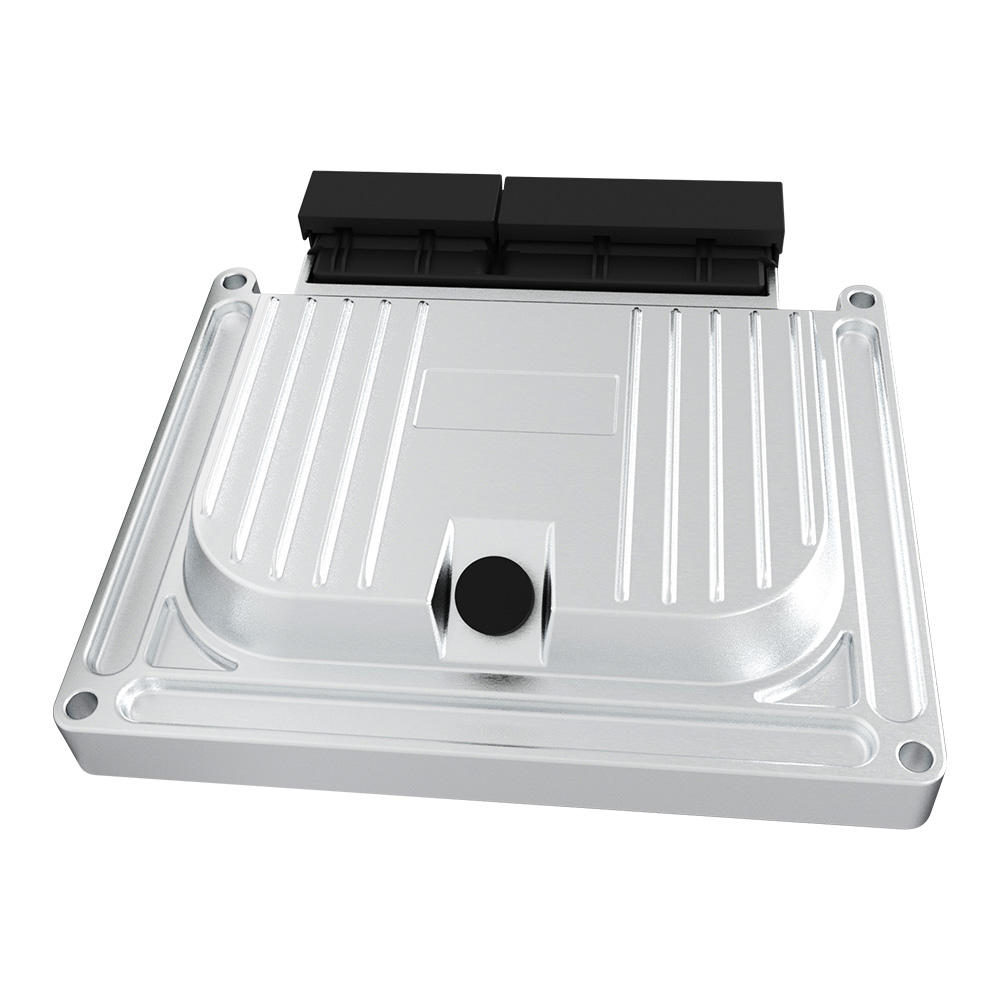Vehicle Control Unit (VCU)
The Vehicle Control Unit (VCU) is the “brain” of an electric or hybrid vehicle, serving as a central controller that coordinates the functions of various components and subsystems. Just as the Engine Control Unit (ECU) manages a traditional internal combustion engine, the VCU plays a pivotal role in ensuring that new energy vehicles (NEVs) operate safely, efficiently, and effectively.
The Vehicle Control Unit in new energy vehicles serves as a central hub, orchestrating seamless interactions between various components and systems. As EVs and hybrids grow increasingly complex, especially with the integration of autonomous driving features, the VCU’s role becomes even more critical in ensuring smooth, efficient, and safe vehicle operation.
Key Roles of the VCU:
Powertrain Control:
The VCU manages electric motor(s), determining when and how much power to deliver based on user input, such as accelerator pedal position and driving conditions. In hybrid vehicles, it decides when to use the electric motor, the internal combustion engine, or a combination of both.
Battery Management Interface:
While the Battery Management System (BMS) directly monitors and manages the battery’s health, state of charge, and temperature, the VCU uses this data to make informed decisions. For instance, if the battery temperature is too high, the VCU may limit power output to prevent damage.
Thermal Management:
The VCU is crucial in controlling the thermal management system, ensuring that the battery, motors, and power electronics maintain optimal temperatures.
Regenerative Braking:
It coordinates regenerative braking, determining how much energy to recover during braking versus using traditional friction brakes.
Safety Systems Integration:
The VCU interfaces with safety systems like ABS, traction control, and electronic stability control to ensure the electric powertrain’s behavior aligns with the driver’s expectations and the vehicle’s safety standards.
User Interface Communication:
The VCU often communicates with the infotainment system or driver displays, providing real-time information on battery state of charge, range, energy consumption, and more.
Diagnostics and Fault Management:
It continuously monitors various subsystems for potential faults or failures, issuing warnings or entering safe operational modes if issues are detected.
Integration with Advanced Driver Assistance Systems (ADAS):
For vehicles equipped with semi-autonomous or autonomous driving capabilities, the VCU plays an essential role in integrating the electric powertrain’s behavior with the decisions made by the ADAS.
Energy Management:
In hybrids, the VCU determines when to charge the battery using the engine or through regenerative braking. It also optimizes the energy flow between the battery, motor, and other systems to maximize efficiency.
Over-the-air (OTA) Updates:
Modern VCUs are equipped with connectivity for receiving OTA updates, allowing manufacturers to enhance vehicle performance, address issues, or introduce new features remotely.
Specifications:
| Chip: 133Mhz infineon TriCore 3 bit | Storage: Flash: 1.5MB, RAM: 120KB |
| Working temperature: -40°C ~ 105°C | Working voltage: 8V ~ 32V |
| Dormancy: <1mA | Wake up: Key/Charge/CAN |
| Shell: IP67 | Dimensions: 183mm*151mm*45mm |
| Connector: AMP 121Pin | Bus communications: 3 high speed CAN, support extended frames, 1 LIN |
| Adaptable automobile mode: EV, PHEV, HEV, REB, 48V |
Product Portfolio:
| Product Platform | Mars | Mercury | Venus |
|---|---|---|---|
| Safety Class | ASIL B | ASIL C | ASIL D |
| MCU architecture | ARM Cortex M4F | Tricore AUDO | Tricore Aurix |
| operating frequency (MHz) | 80 | 128 | 200 |
| The core number | 1 | 1 | 3 |
| Flash size (MB) | 1 | 1.5 | 4 |
| RAM size (KB) | 128 | 128 | 472 |
| EEPROM size (KB) | 4 | 8 | 384 |
| Digital input | 12 | 20 | 18 |
| Analog input | 12 | 16 | 20 |
| Low-side driver | 12 | 16 | 18 |
| High-side driver | 8 | 8 | 8 |
| H bridge | – | – | 3 |
| CAN | 3 | 3 | 4 |
| LIN | 1 | – | 2 |
| Ethernet | – | – | 1 |
| 5V power supply | 6 | 7 | 10 |


